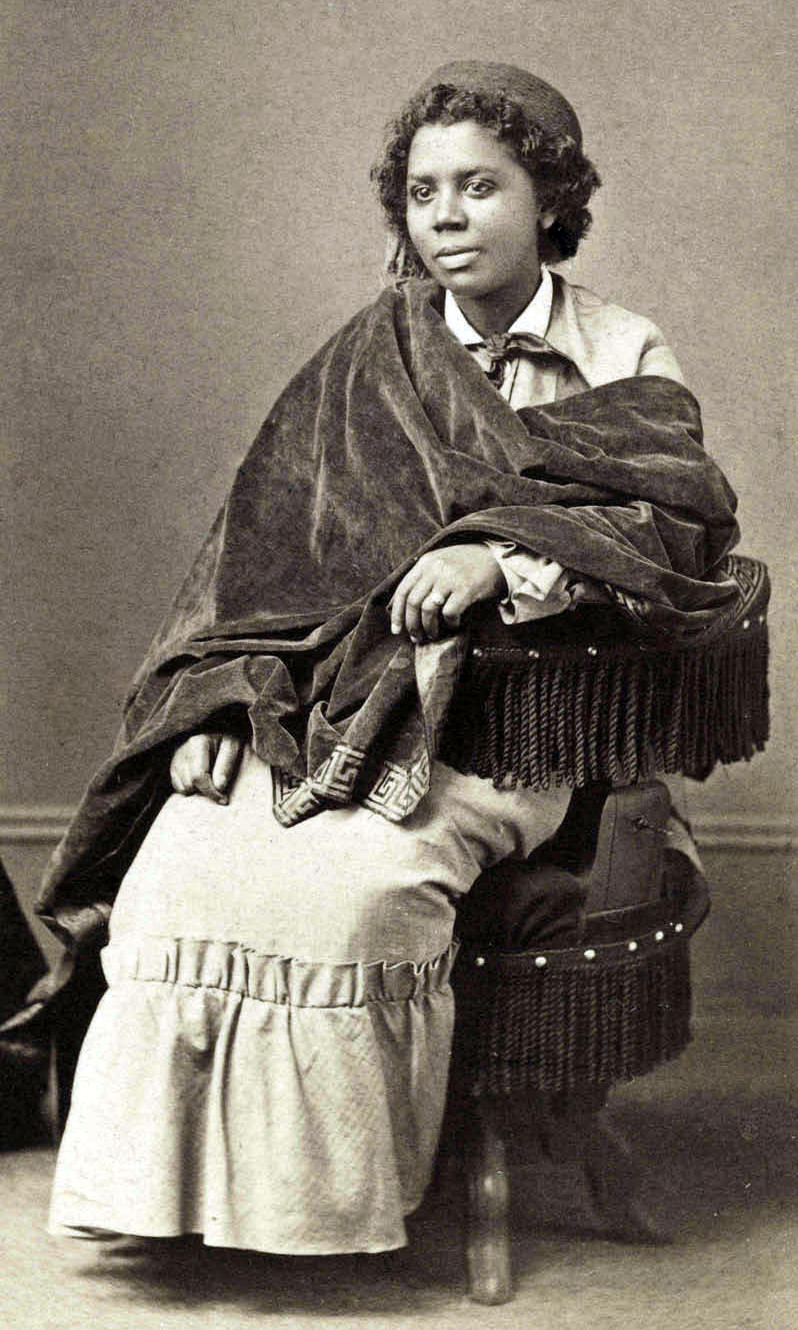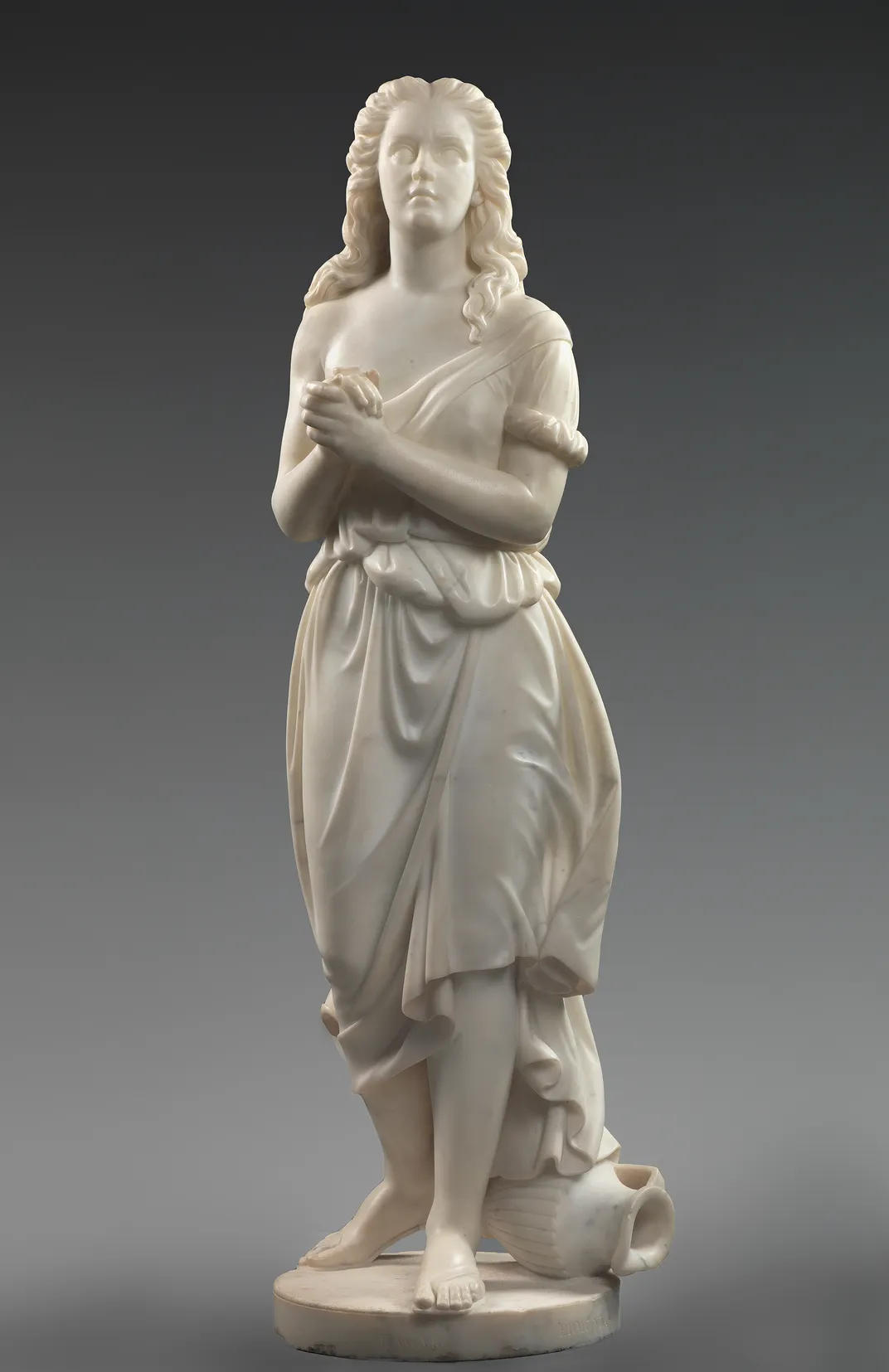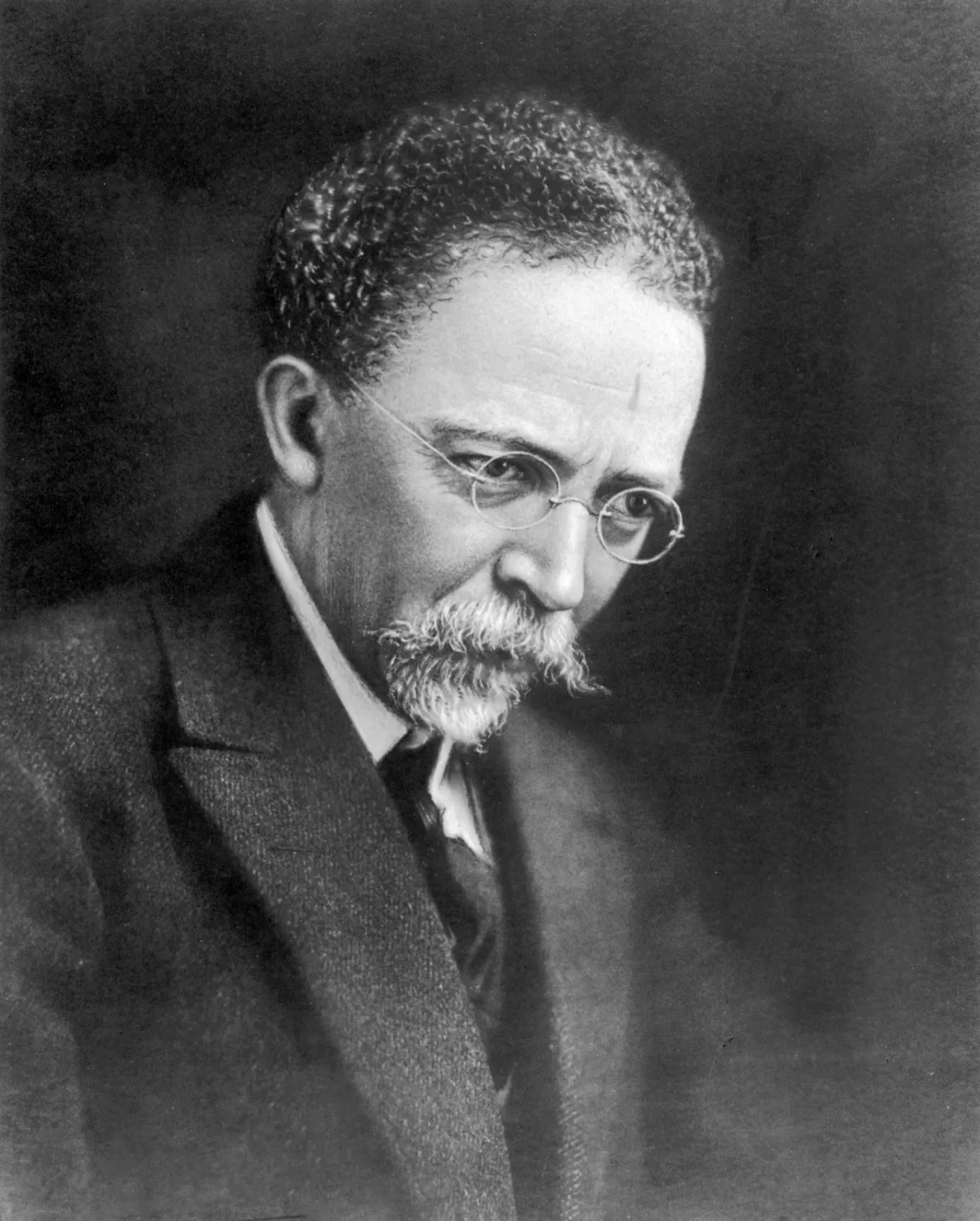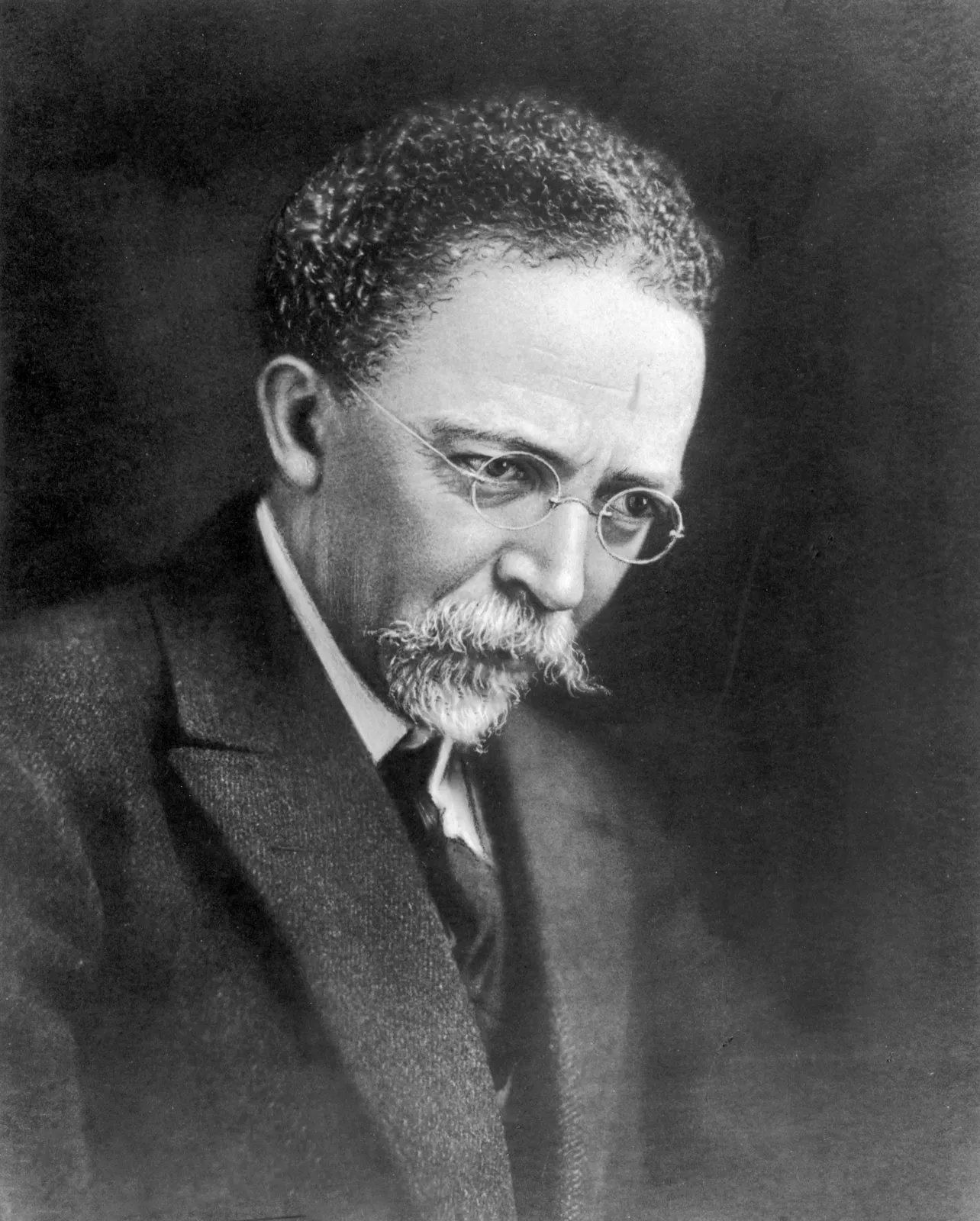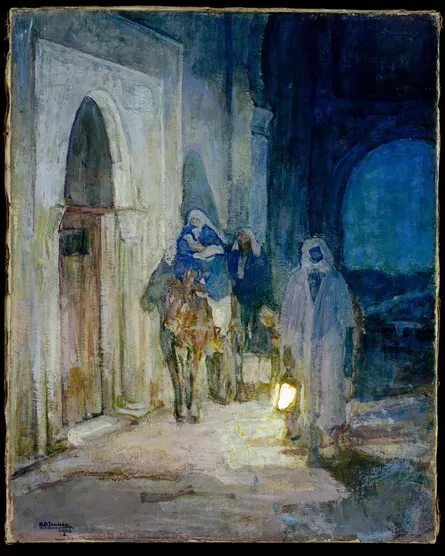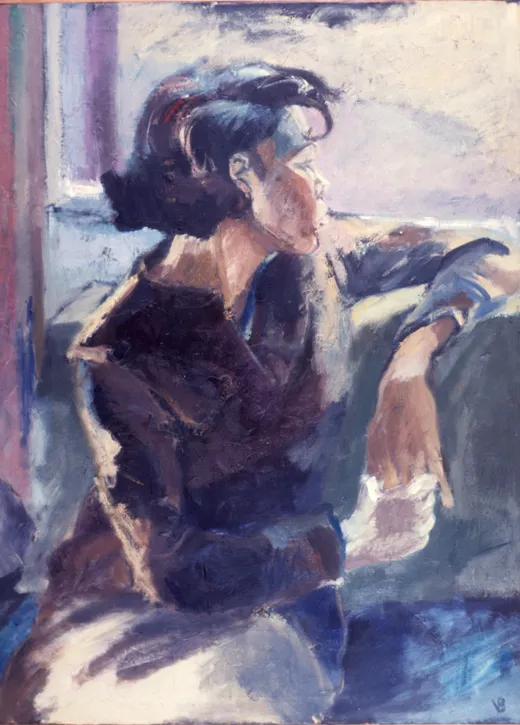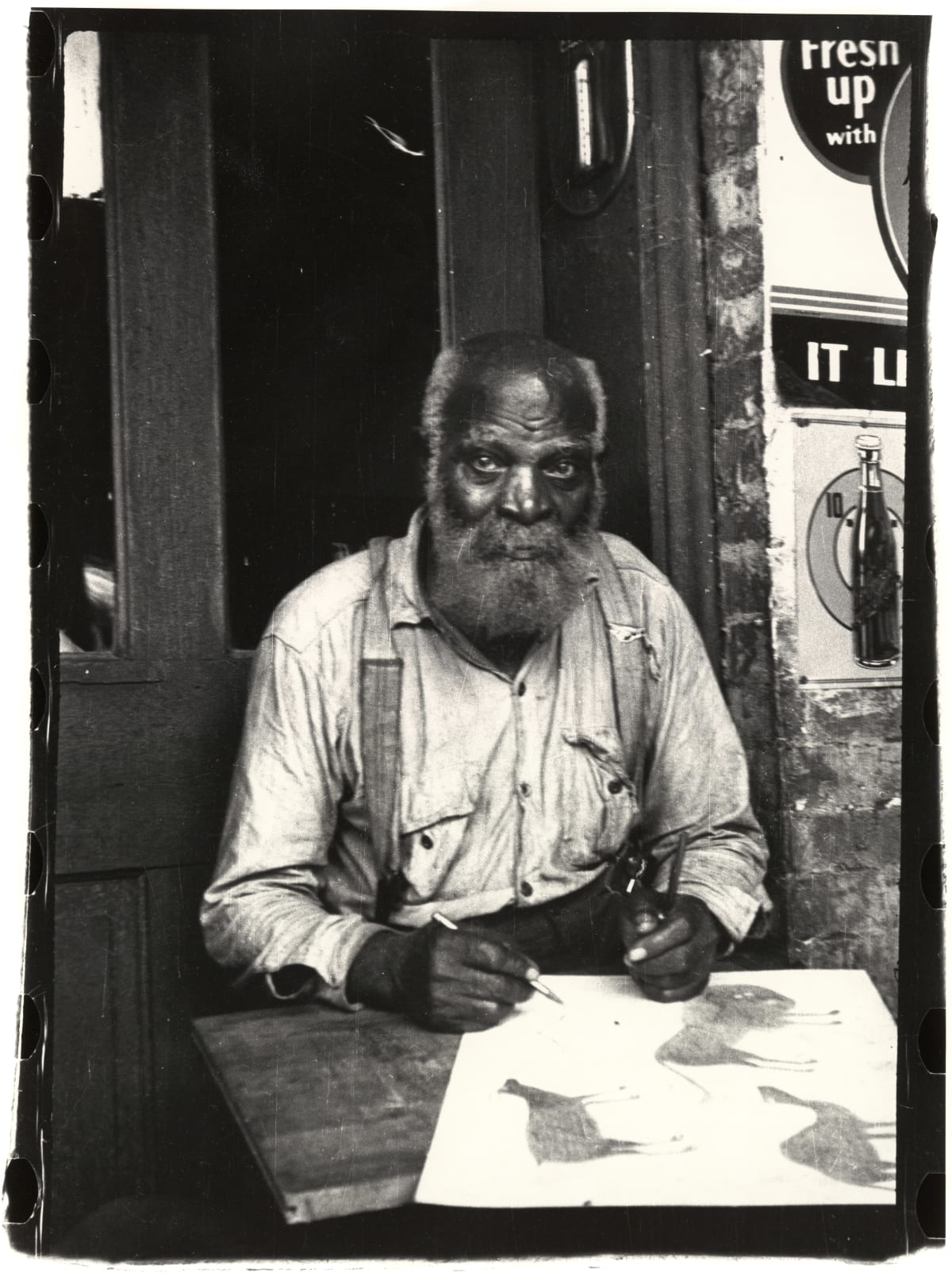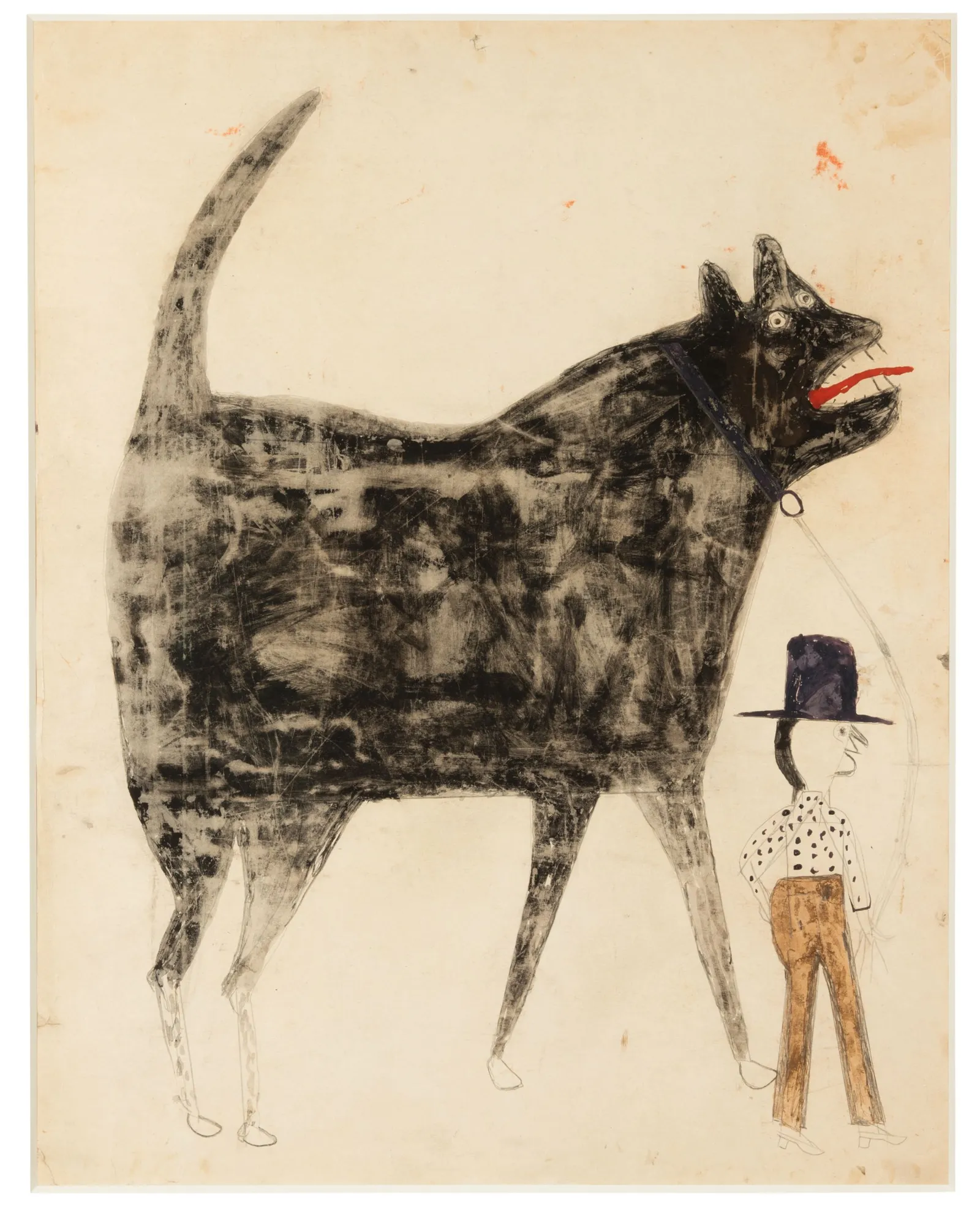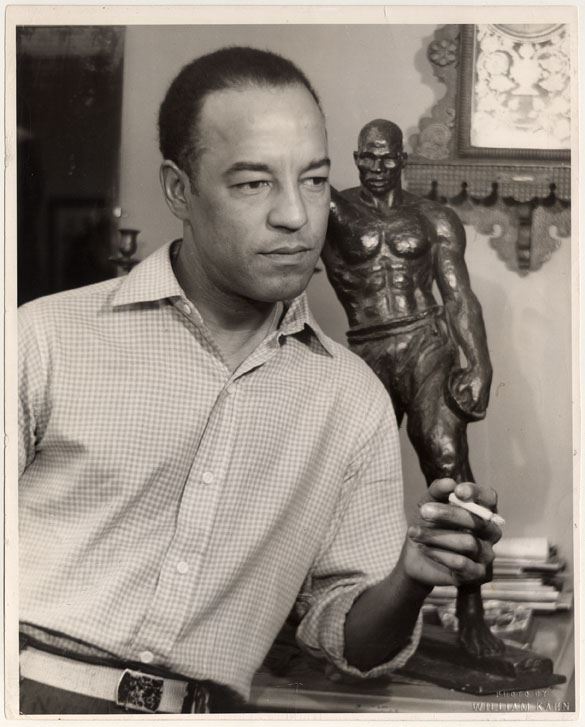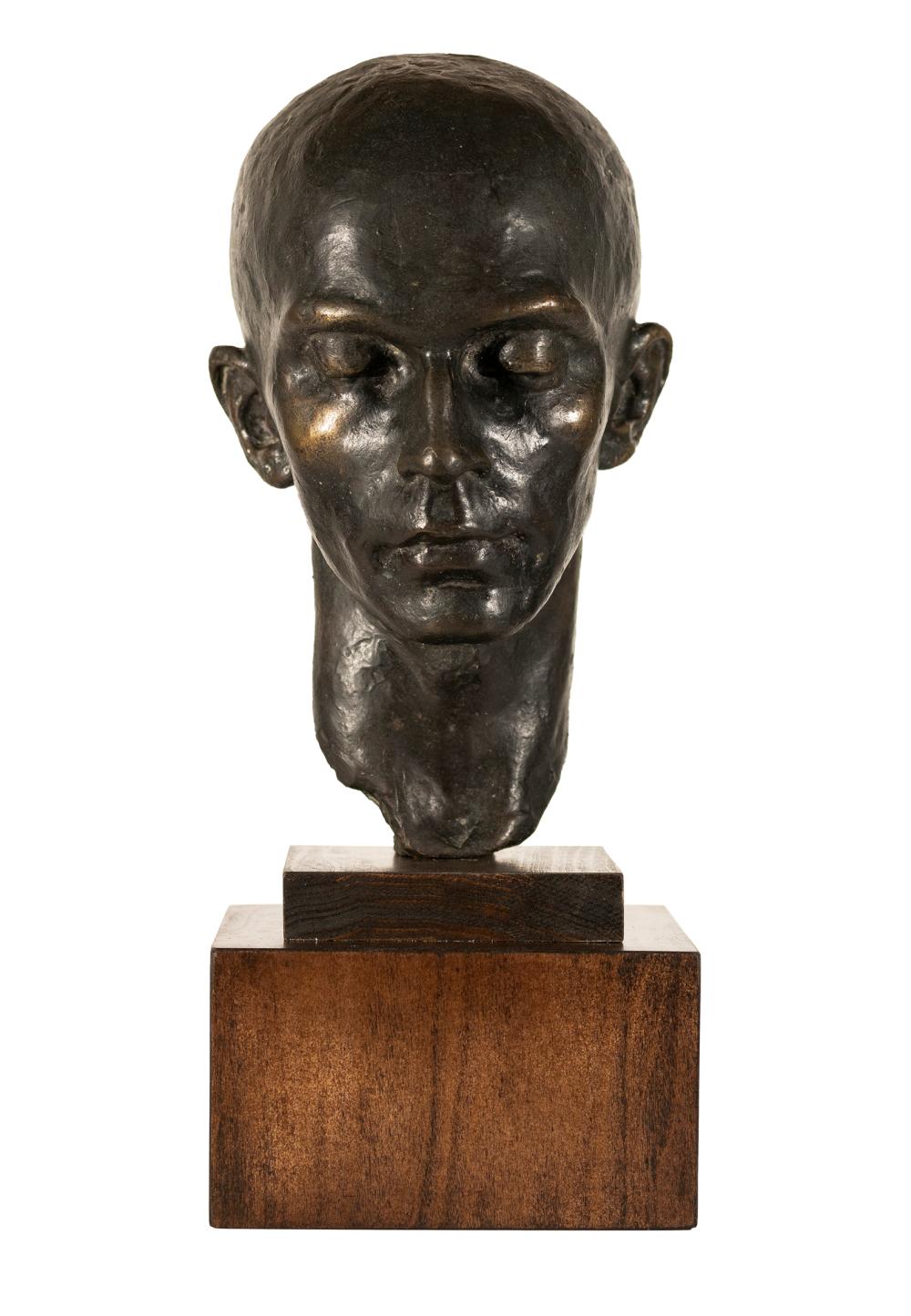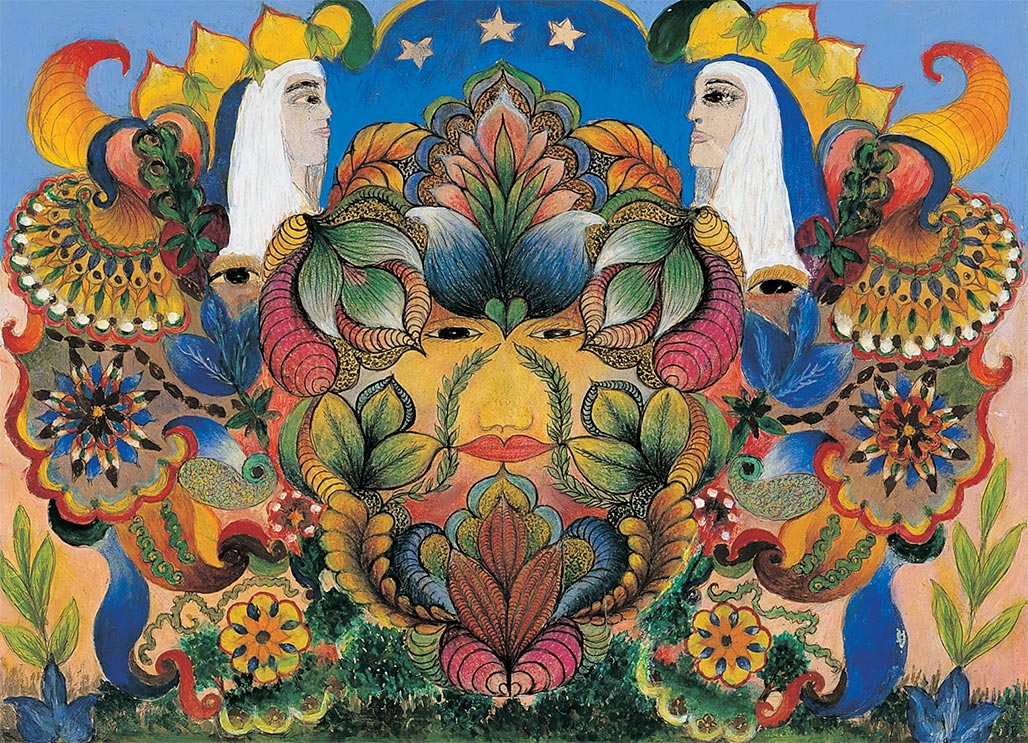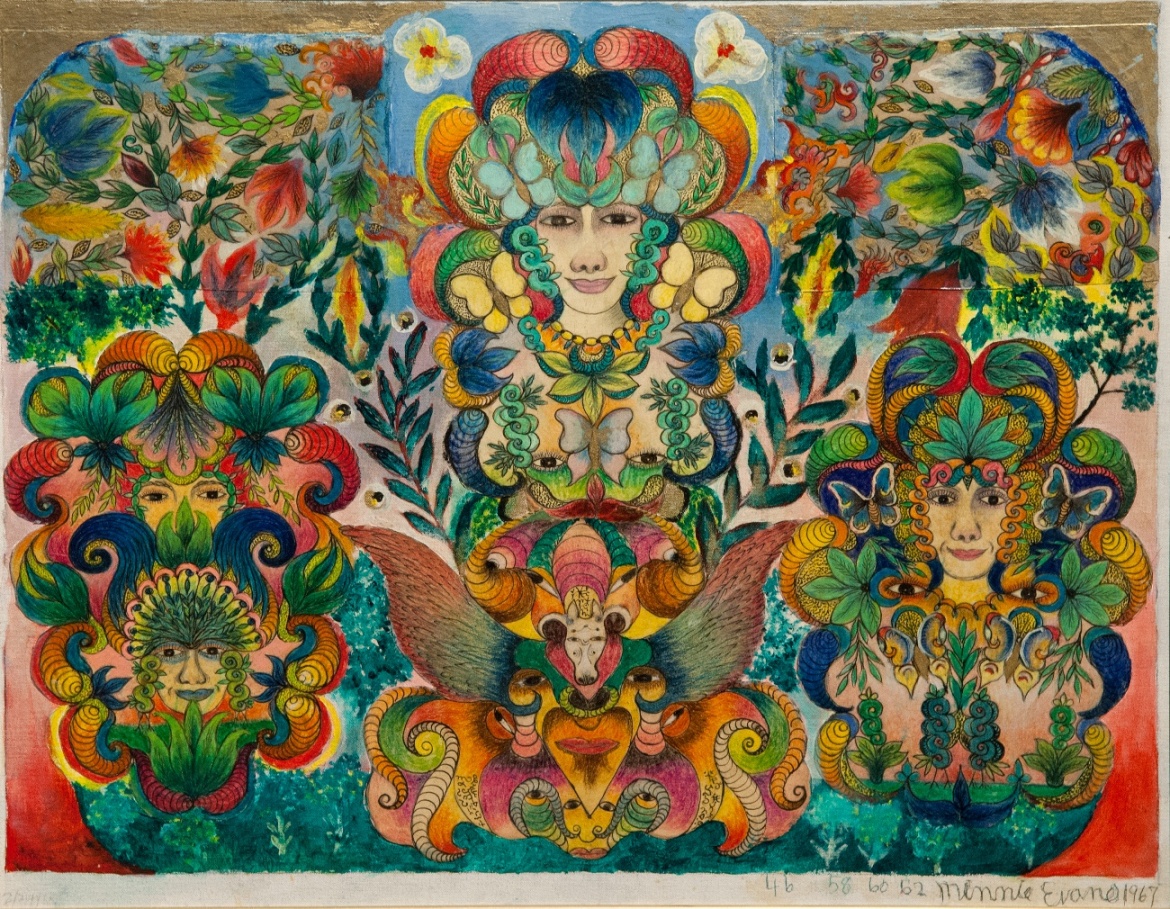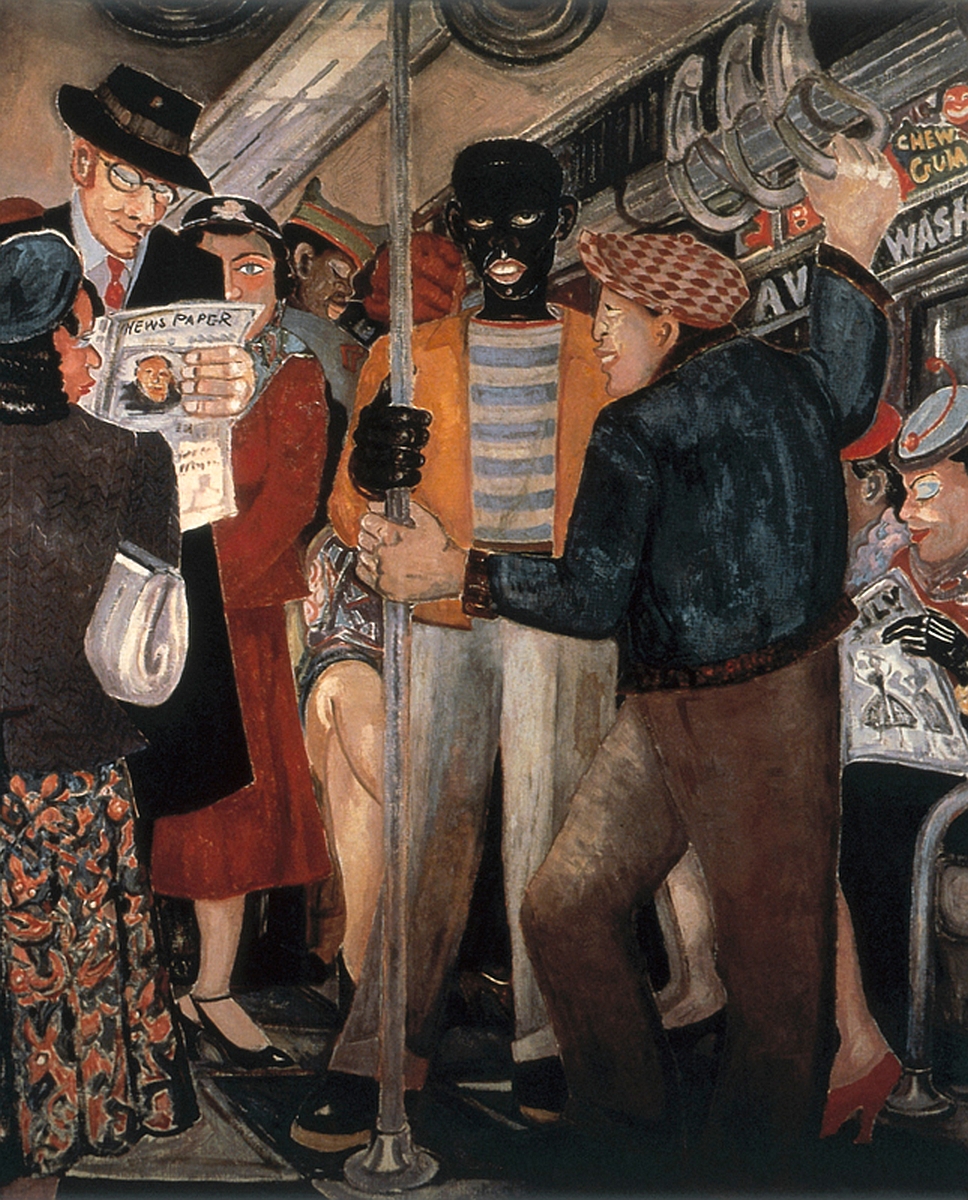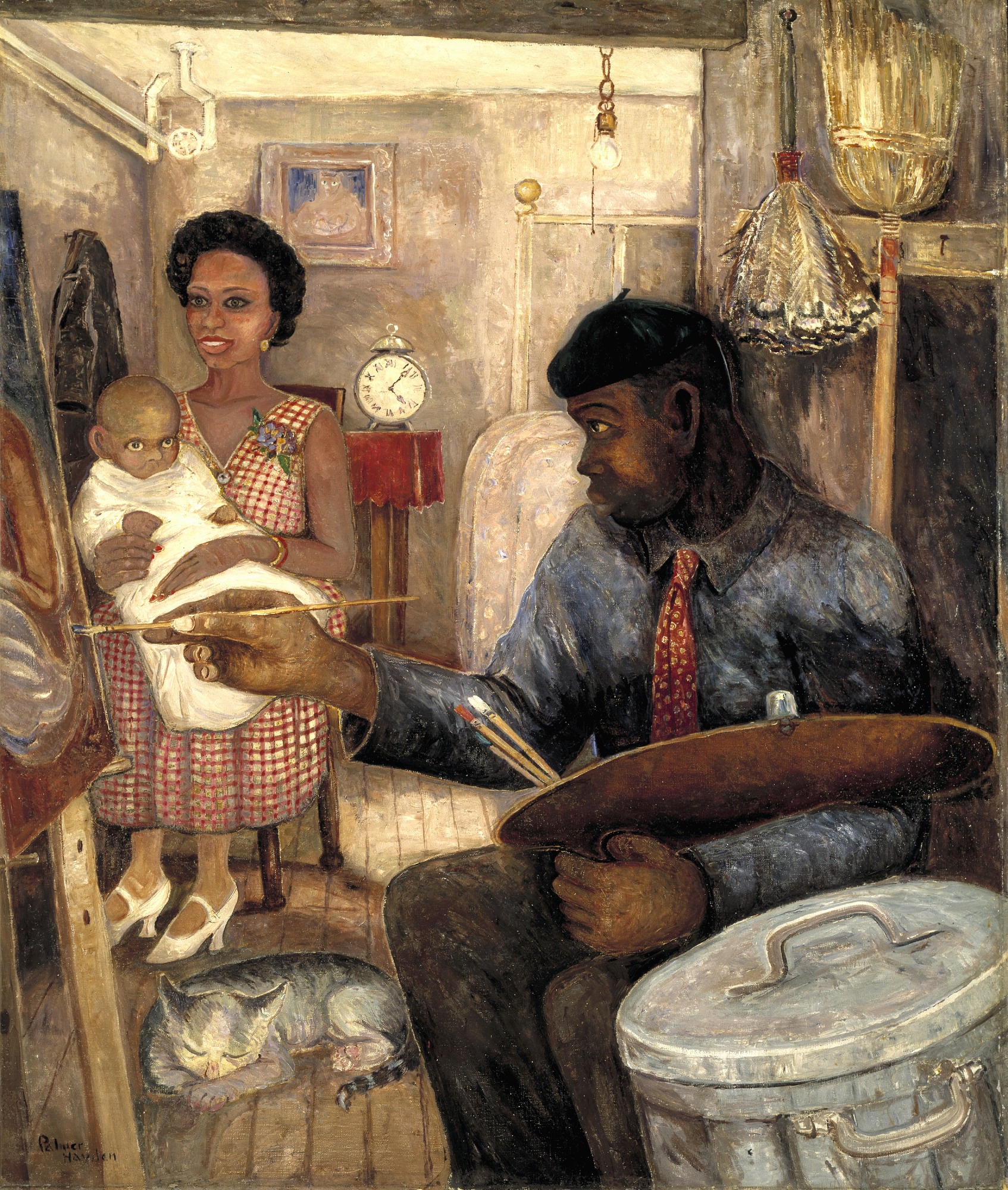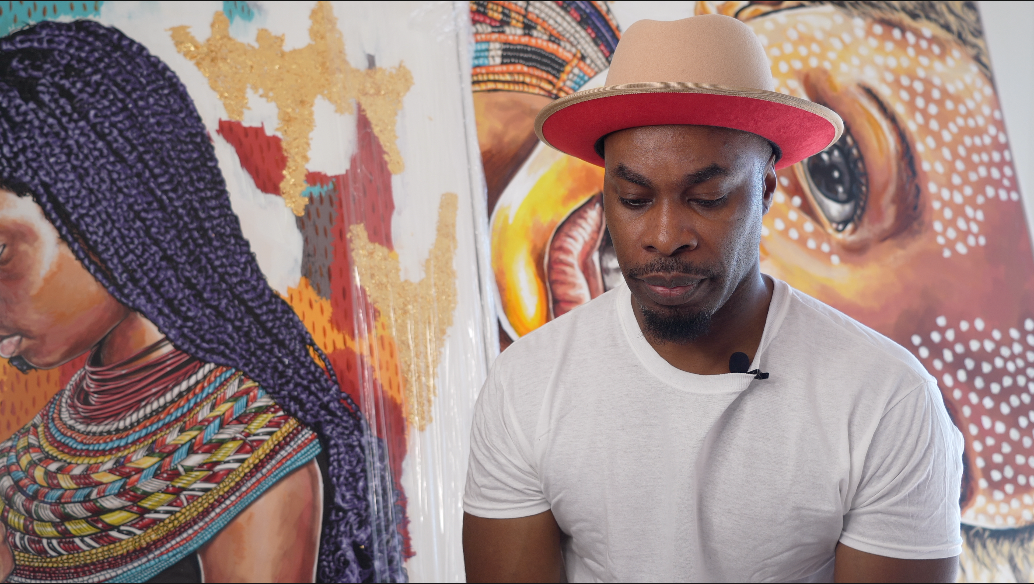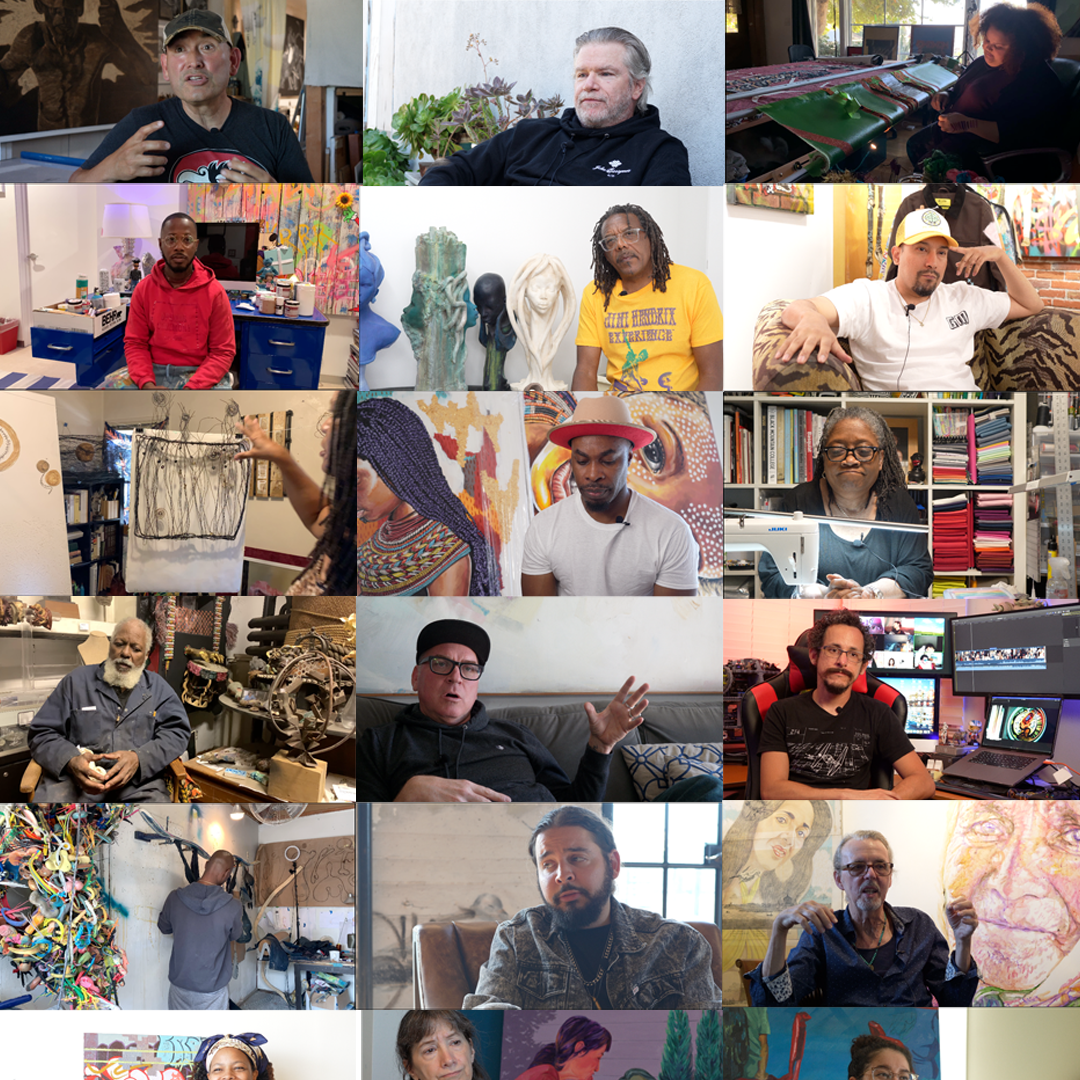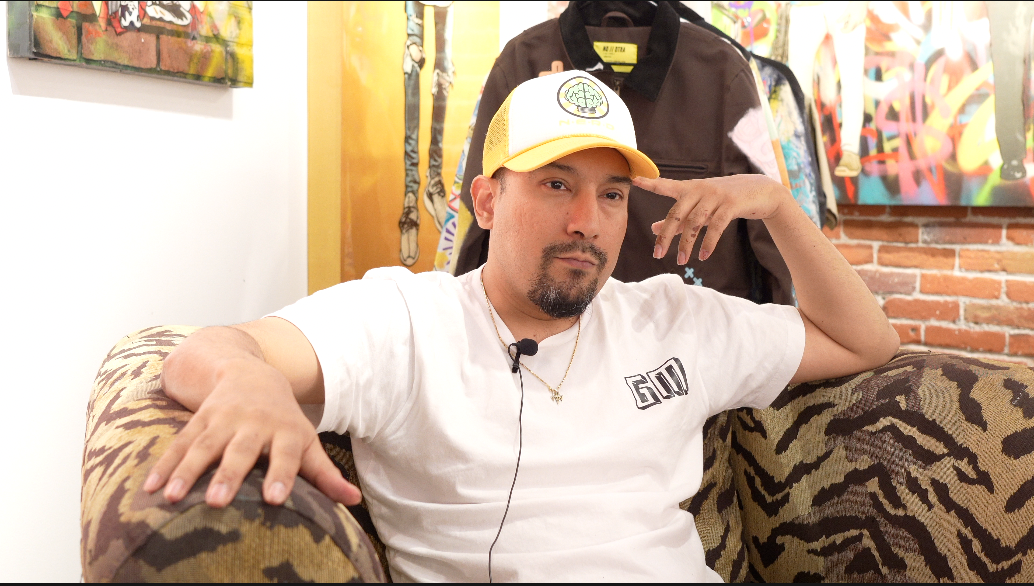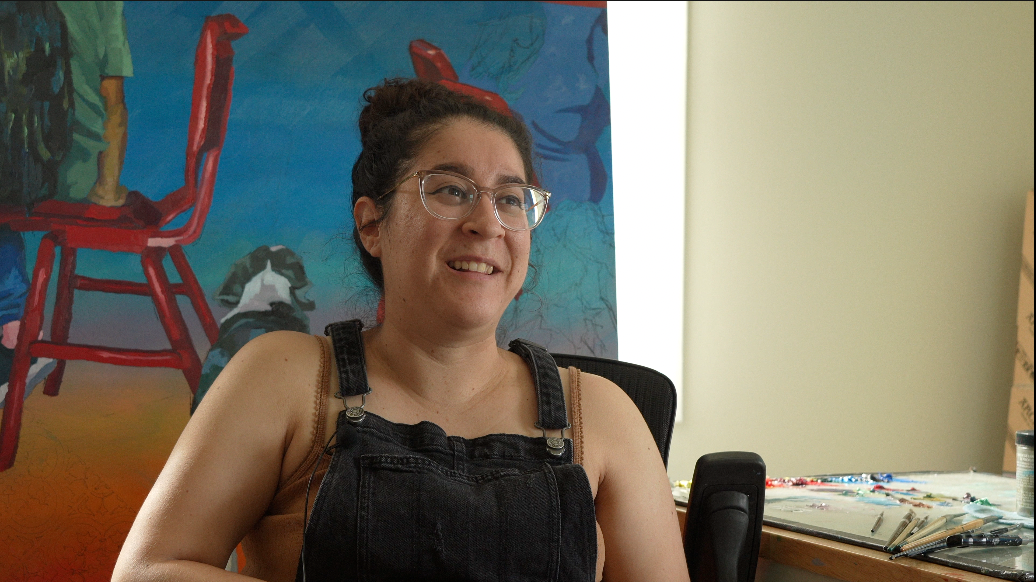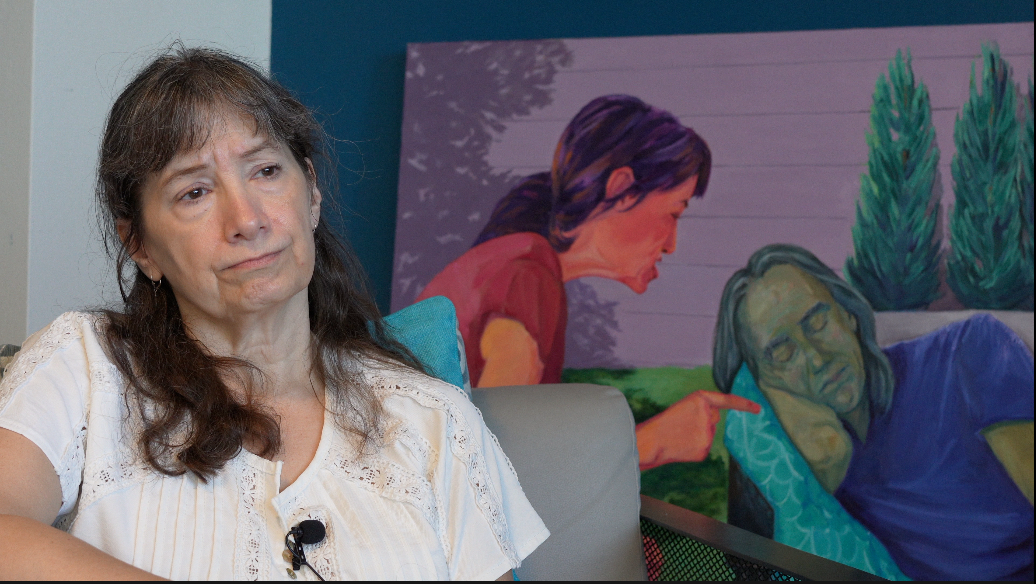The Drawing Board: Artists Working in Los Angeles
Amidst the sprawling urban expanse of Los Angeles, where dreams collide and cultures converge, a tribe of impassioned artists thrive, etching their stories on “The Drawing Board.” This captivating documentary ventures deep into the lives of working artists, unearthing the trials and tribulations they face while pursuing their creative visions in the City of Angels.
As the sun rises over the iconic skyline, we embark on an immersive journey, unveiling the raw essence of artistry that colors every corner of Los Angeles. Through candid interviews and artistic expressions that leave us spellbound, “The Drawing Board” exposes the heart and soul of these remarkable individuals who dare to walk the path less traveled.
Delving beyond the romanticized notions of an artist’s life, this documentary unflinchingly reveals the multifaceted challenges and advantages of working in a city renowned for its vibrant cultural tapestry. Within the sprawling canvas of Los Angeles, artists find both a boundless wellspring of inspiration and a crucible of unyielding scrutiny.
“The Drawing Board” examines the intricate dance between artistic passion and the pragmatic understanding of art as a business. We peer into the sketchbooks of these creators, where dreams take shape, and ideas are meticulously crafted into reality. Their unwavering dedication to their craft is a testament to the unyielding pursuit of artistic excellence, often navigating the fine line between artistic integrity and financial sustenance.
In the heart of this compelling narrative lies an urgent exploration of gallery and museum treatment towards underrepresented artists. “The Drawing Board” lends its voice to those artists whose stories have too often been confined to the margins, offering an unfiltered glimpse into the struggles they endure and the tenacity that fuels their creative fire.
Through an evocative tapestry of images and sounds, this documentary captures the heartbeat of a city that serves as both muse and adversary. Witness the visceral emotions, the moments of self-doubt, and the elation of artistic breakthroughs as we stand witness to the profound transformation that emerges from embracing vulnerability. “The Drawing Board: Working Artists in Los Angeles” is an ode to resilience, collaboration, and the power of creative expression. As the paintbrush strokes and melodies meld into a symphony of artistic brilliance, we invite you to join us on this mesmerizing expedition, revealing the incredible stories etched on “The Drawing Board” of Los Angeles.
Discover the pulsating art world of Los Angeles through The Drawing Board: Artists Working in Los Angeles. This compelling film project delves deep into the lives, careers, and creative struggles of diverse artists navigating the vibrant yet challenging LA art market.
The Interviews: Volumes 1 and 2: As a precursor to the film, we present Volumes 1 and 2, a curated collection of intimate interviews, stunning photographs, and captivating artworks from the featured artists. These volumes serve as a tangible exploration of the themes, stories, and artistic expressions that the film will vividly bring to life.
A Sneak Peek into the Artists’ World:
- In-depth interviews revealing the artists’ perspectives on their craft, the LA art scene, and the unique challenges they face.
- A visual feast of artworks that capture the essence and diversity of LA’s artistic talent.
- Candid photographs that offer a window into the artists’ studios, processes, and daily lives.
The Drawing Board: Artists Working in Los Angeles is not just a film; it’s a journey in progress, capturing the evolution of artists and their work over time. Stay tuned for the film’s release, where the pages of Volumes 1 and 2 come alive, offering an immersive experience into the heart and soul of Los Angeles’ art community.
Join us in celebrating the spirit, resilience, and creativity of LA’s artists. The Drawing Board: Artists Working in Los Angeles film and textual interviews are an ode to those who dare to dream and create amidst the bustling backdrop of one of the world’s most iconic cities.
Embark on this artistic voyage with us—The story of LA’s art scene is just beginning to unfold.
